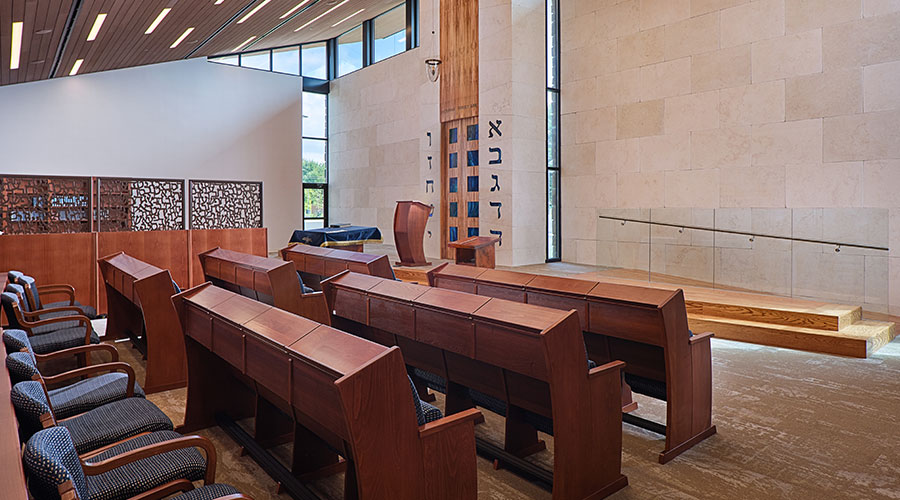Steering Clear of Construction Snares
How to avoid four common problems that can derail facility projects or lead to unwelcome surprises
Commercial construction projects, regardless of size, cost or schedule, may be subject to similar pitfalls. Some are impossible to foresee or prevent. Others may be anticipated and prevented with a little foresight and planning. What follows are four common project pitfalls and some insights into how they can be avoided.
Useless Information and Empty Logs
Many owners receive project status information they need and want via daily, weekly or monthly reports and tracking logs. However, if these reports are not prepared in a timely manner, accurately maintained and properly updated, the information will be virtually useless.
Empty logs and inaccurate reporting can have costly ramifications, especially on a fast-track job with a tight schedule and budget constraints.Valuable staff resources are wasted by all parties involved in the process. Many of these losses might not be reclaimed, and the overall management of the project could suffer.
To avoid useless information and empty logs, identify critical project controls and demand proper application and maintenance of reports and logs at the outset of the project. The architect, construction manager or general contractor should be briefed on the requirements. The system and format as well as the level of detail and the frequency required should be specified in the request for proposal (RFP). These specifications should be discussed at the initial project meeting.
An owner should periodically check to see that the established system is being maintained. Follow up with reality checks. Validate the information in the reports and reconcile it with actual events. Seek proper documentation for items in the log and cost reports. Periodically go out into the field, or have a representative or consultant go out, to check the schedule report against actual progress.
Creeping Scope
Every project starts with a basis of design (BOD), a broadly written description of the project, its purpose and scope. Usually at this stage a construction manager or general contractor is brought in for broad cost estimates. These estimates are based on a very early concept, which inevitably increases and evolves in level of detail.
Unless someone is chartered to carefully track the evolution of the project scope from the BOD through each stage of design, and document its growth in terms of costs and impact on the project schedule, a $10 million project could easily become a $25 million project.
To avoid creeping scope, it is best to involve facility users and managers at the BOD phase to ensure everyone’s needs are clearly understood and expressed in the design concept. Some owners believe creeping scope can be avoided by sidestepping the "wish lists" developed by facility users and managers until it is theoretically too late – say, at the 20 percent design development stage. However, this tactic usually fails, and changes inevitably are made later with costly impacts to the schedule and budget.
Establishing a design meeting schedule to discuss the project and control estimates at the 20 percent, 50 percent and 90 percent design stages is also necessary. At these points, any new elements and requested changes should be reconciled with the original BOD control estimate.
The Kid-Glove Treatment
All too often, contractors and construction managers give owners, architects and subcontractors the “kid-glove treatment,” that is, they rely on verbal exchanges of information and shy away from written documentation to avoid appearing as though they are building a file of evidence to substantiate a potential claim. Unfortunately, this informal administrative technique can negatively affect budget, schedule, and the quality of the final product.
It is better to insist that the contractor or construction manager document errors, omissions and defects in the design documents, noting any lateness in their submission.
The owner should also require that the contractor give written notification about adherence to a schedule for timely decisions and approvals. Furthermore, the contractor should communicate with subcontractors in writing to ensure that they are provided with clear, consistent and accurate direction and to remind them of their contractual obligations.
Subcontract Gray Areas
A successful construction project often starts with the development of bid packages for trade contractors that are complete in the scope of the work and include other conditions of work, such as access to the work area and hours of operation. There are no gray areas in a properly prepared contract; everything is spelled out in black and white. The problem lies with subcontractors that misinterpret or neglect to adhere to contracts. If there has been a misinterpretation, or even lack of contract enforcement, excuses for tardiness might follow.
To avoid the excuse of contract gray areas, the owner or owner’s representative should participate in prebid meetings, reviewing the documents and written statements of understanding. This gives the owner a chance to witness the proceedings and make sure due diligence is practiced. The owner should also insist that the project manager notify subcontractors immediately when there are deviations and hold them to their contractual obligations.
Alex Craig is project director for Skanska USA Building Inc., Parsippany, N.J.
Related Topics:











